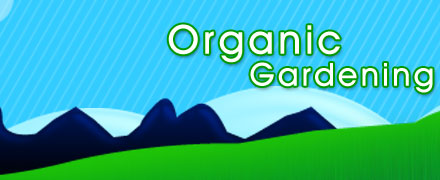For beginners it is recommended to start with seedlings. As you gain more experience you'll want to raise your plants from seeds, and then start saving your own seeds. But for now go with plants that have a head start.
When your beds are ready, go to your local nursery and see what's available. Most plants have information about planting requirements. If you're not sure, get advice from the nursery staff. Once you're at home you want to get your new plants in the ground as soon as possible, especially in warm weather. Always water your seedlings about 30 minutes before planting. You have to keep the shock of transplanting to a minimum.
Adding blood and bone or another all round organic fertilizer is also beneficial at planting - not too close to those delicate roots though.
Almost any soil will be improved and workable over time with the addition of enough organic matter. It will take time, but over the years you will create nutrient rich, living soil, perfect for the health of your plants and your family. In the mean time you have to work with what you've got!
In your new garden the best veggies to start with are potatoes, lettuce, brassicas and cucurbits (cucumber family). Root crops are better once your plot has matured. It is better to have mixed plantings of vegetables and herbs, rather than long rows or a whole bed of one type of plant. Companion Planting benefits your garden in many ways, including pest and disease prevention and growing healthier, more vigorous plants. Keeping your beds topped up with compost and/or mulch helps prevent weeds, retain moisture and promotes steady healthy growth.
|









